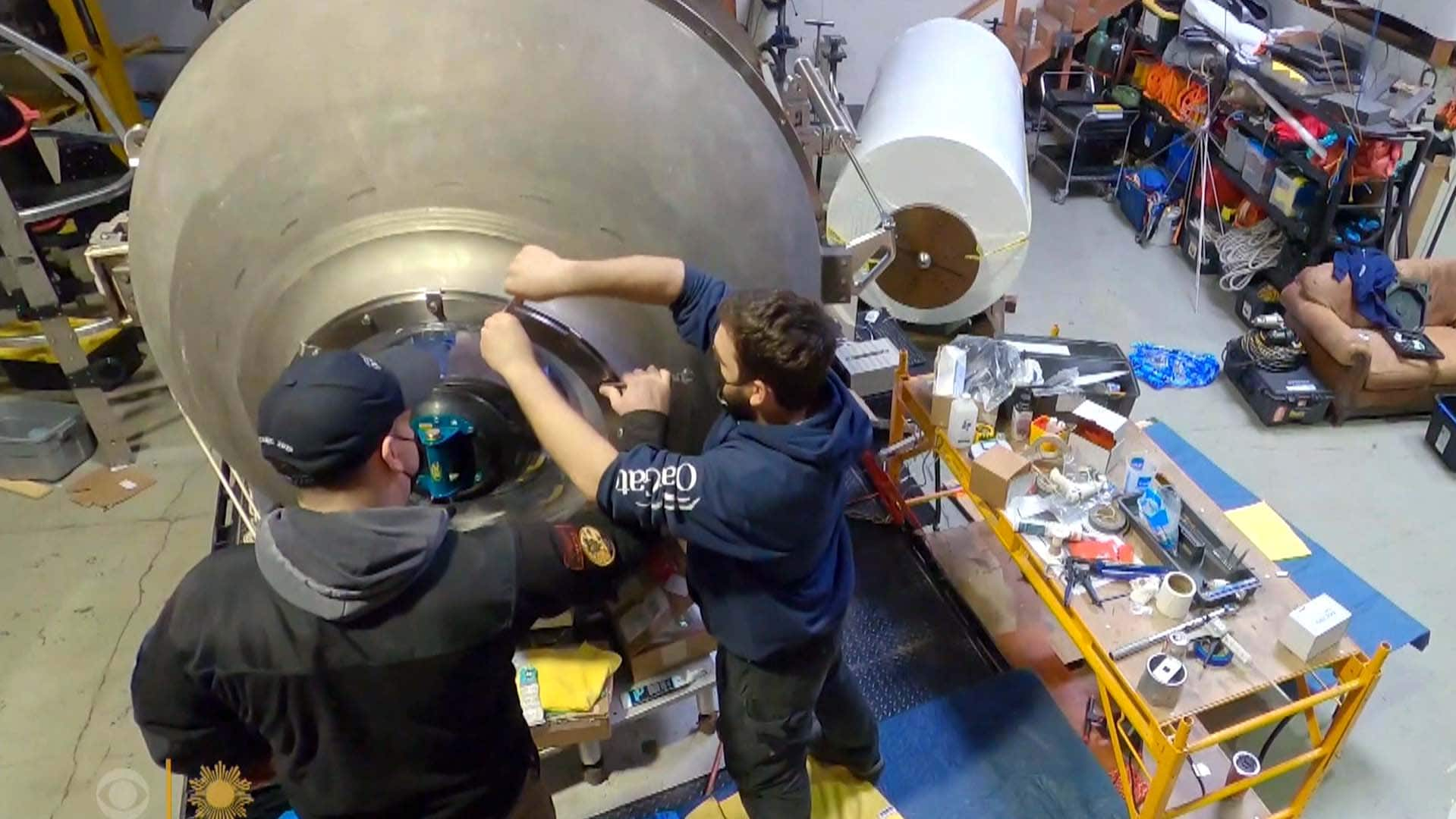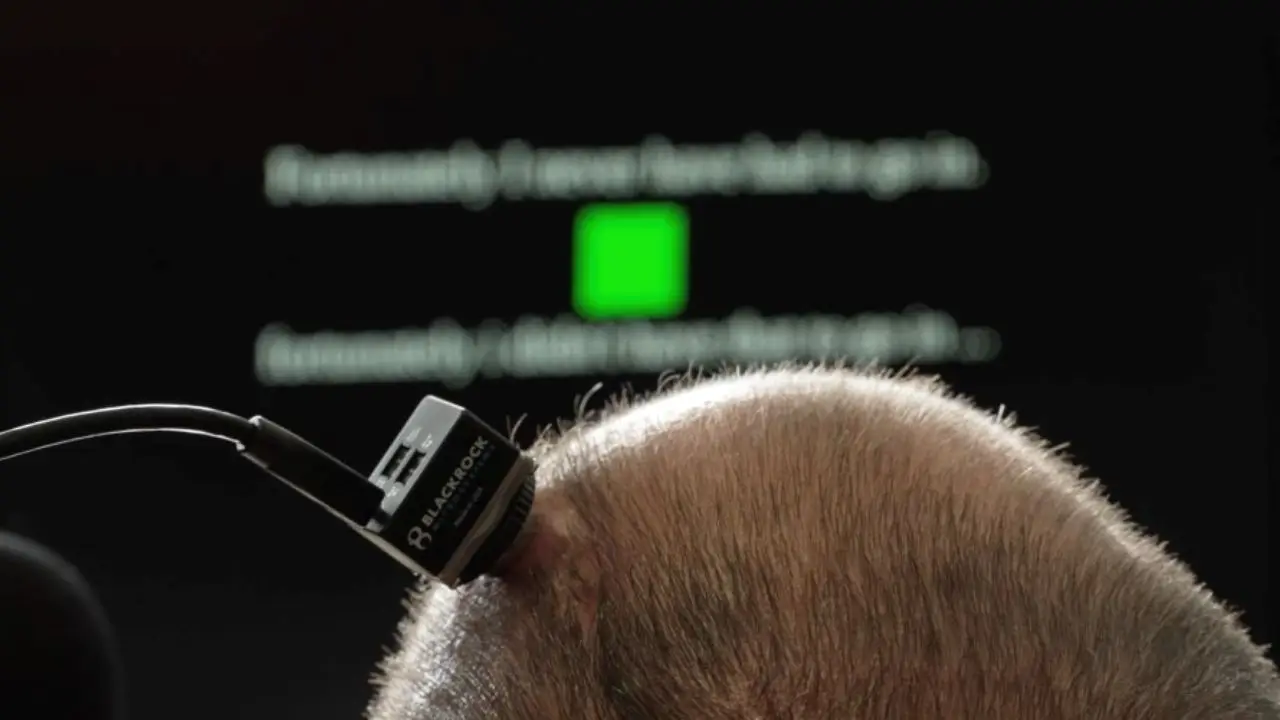The next few hours are crucial in the search for the missing submarine, as the oxygen clock is near zero for 5 passengers

There were no updates in the search for the missing submarine Titan last night until Thursday morning – a stark silence as the 96-hour window for a successful search draws closer to its end.
If the submarine is still intact, searchers expect the oxygen supply to run out by Thursday morning. Despite the best efforts and a few hopeful moments, the search has not yet produced any definitive results.
Unfortunately, the best hope of cutting down their oxygen supply may be the frigid temperature of the water.
“It should be remembered that hypothermia also protects the brain and heart, and as people get colder, their metabolism slows down.” said Dr. Ken LeDez, a hyperbaric medicine specialist in St. John’s. “If it’s alive and hypothermic, oxygen can last longer.”
There was some hope on Wednesday when the United States Coast Guard said a Canadian plane had detected sound under the ocean, described as “thumping” noises. ROVs were deployed to the area where the noises had been heard, but searches throughout the day turned up nothing.
“If it’s a deliberate bang, then if it stops, it could be a sign that they’re becoming less conscious and incapacitated,” LeDez said.
The searchers stressed that the 96-hour window is just an estimate from the OceanGate Expeditions company. Multiple experts have spoken to the media in recent days about ways the crew can extend their survival beyond that window.
“I want to emphasize — even if they lose consciousness, it doesn’t mean their medical condition is hopeless,” LeDez said. “We see critical events in hospitals all the time. Even if they lose consciousness due to low body temperature and low oxygen levels, it can still survive a period of time that is difficult to estimate.”
Search continues to grow
Three more ships arrived on Thursday, including two with ROVs that can search the ocean floor.
The Horizon Arctic delivered an Odysseus 6K, from Pelagic Research Services of Boston. The French ship l’Atalante also arrived at the wreck site in the early hours and deploys the Victor 6000. Both robots can dive to a depth of 6,000 meters.
A spokesman for the US Coast Guard says they don’t know if sounds detected from deep under the Atlantic Ocean are coming from the missing OceanGate submarine, but they do believe the sounds are man-made. It gives some hope to seekers and those who gathered ashore at St. John’s.
The Canadian naval vessel HMCS Glace Bay is also en route and is expected to arrive Thursday afternoon. The ship has a six-person hyperbaric decompression chamber on board, which could come in handy if the crew is found alive.
A remote-controlled vehicle (ROV) is also on the way from the British company Magellan, but it is not expected to arrive until long after the crew’s survival period has expired.
The ROV can dive the full depth of the search area and has captured images of Titanic in the past. According to the BBC, it won’t arrive for another 48 hours.
security concerns about OceanGate’s “experimental approach” date back to at least 2018, according to a letter from an industry group. The chairman of the Manned Submersible Vehicles Committee says there is little oversight of the company, which operates in international waters.
Read more from CBC Newfoundland and Labrador




